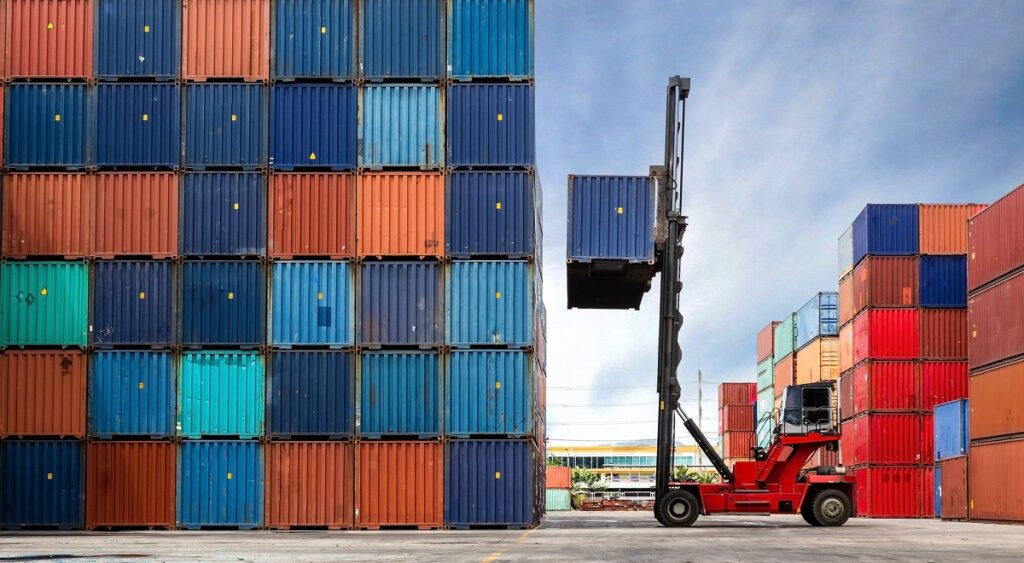Transloading
Many methods are used in the logistics and shipping industries to move products between two destinations. Transloading services stand out as a unique transportation process that can be confused with other terms such as cross-docking or transshipping.
What Is Transloading ?

Transloading refers to the process of moving pallets, equipment, and other shipments between locations using more than one mode of transportation. Your first thought about transloading may involve the movement of goods from international countries via ocean freight carriers. After the boat docks, the goods at the port will become transferred to waiting trucks that then head to warehouses and distribution centers.
However, transloading means much more than this for companies of all sizes. This service can also involve moving shipments via rail for the first part of the trip and then switching to trucking services for the last-mile delivery. It is not just reserved for moving goods from suppliers to warehouses.
Transloading can also be used to move equipment and materials between job sites, warehouse-to-warehouse points, and warehouse to end-customer locations. Cross-docking and transshipping refer to methods that use a single type of transportation strategy to move products. For example, you will use one truck to move freight partway across the country and then load the shipment to another vehicle to make the remainder of the trip.
Transloading FAQ
There are no material restrictions when it comes to shipping goods using transloading methods. Industries in aerospace, military, communications, construction, chemical, food, retail, and many others can utilize transloading strategies. Some of the most common types of goods shipped may involve, but are not limited to, the following:
- Construction materials: Lumber, metals, cinderblocks, bricks, sheetrock, loose gravel, and natural stones
- Warehouse merchandise:Palletized freight, shipping containers, boxes, general merchandise, small appliances, and equipment
- Oversized cargo: Military equipment, military vehicles, aerospace components, telecommunication equipment, transformers, heavy machinery
- Specialized freight: Hazardous chemicals, hazardous materials, cryogenic materials, temperature-sensitive/climate-controlled shipments
Using a transloading warehouse to help with the movement of goods and shipments provides a range of advantages to a company. It is a unique tactic that can be implemented at any time in your logistical strategies to help ensure products reach their destinations at desired schedules.
Main benefits may include:
- Supply chain versatility:Your customers can be in diverse and remote locations. Transloading in logistics offers more options on how the shipment can reach the destination safely and securely by allowing you to pick the method most suitable based on available transportation routes. You are no longer limited to one mode of transportation.
- Lower overall costs:Fuel and transportation costs can be controlled via this method. Using rail service for part of the route can significantly lower fuel costs as rail cars use four times less fuel than just using only vehicles. When switching to vehicle transportation, the trucks offer fast and efficient delivery.
- Freight consolidation: Transloading warehouses allow large amounts of freight to be consolidated onto fewer rail cars, which provide more cost-effective solutions. If your materials or goods are located at multiple manufacturing sites but must all go to the same destination, each truck can drive to the transload facility located along the rail line. The goods can then be placed into the rail car as the train moves along the route, stopping at each facility to consolidate the goods into the same freight car while traveling closer to the destination.
